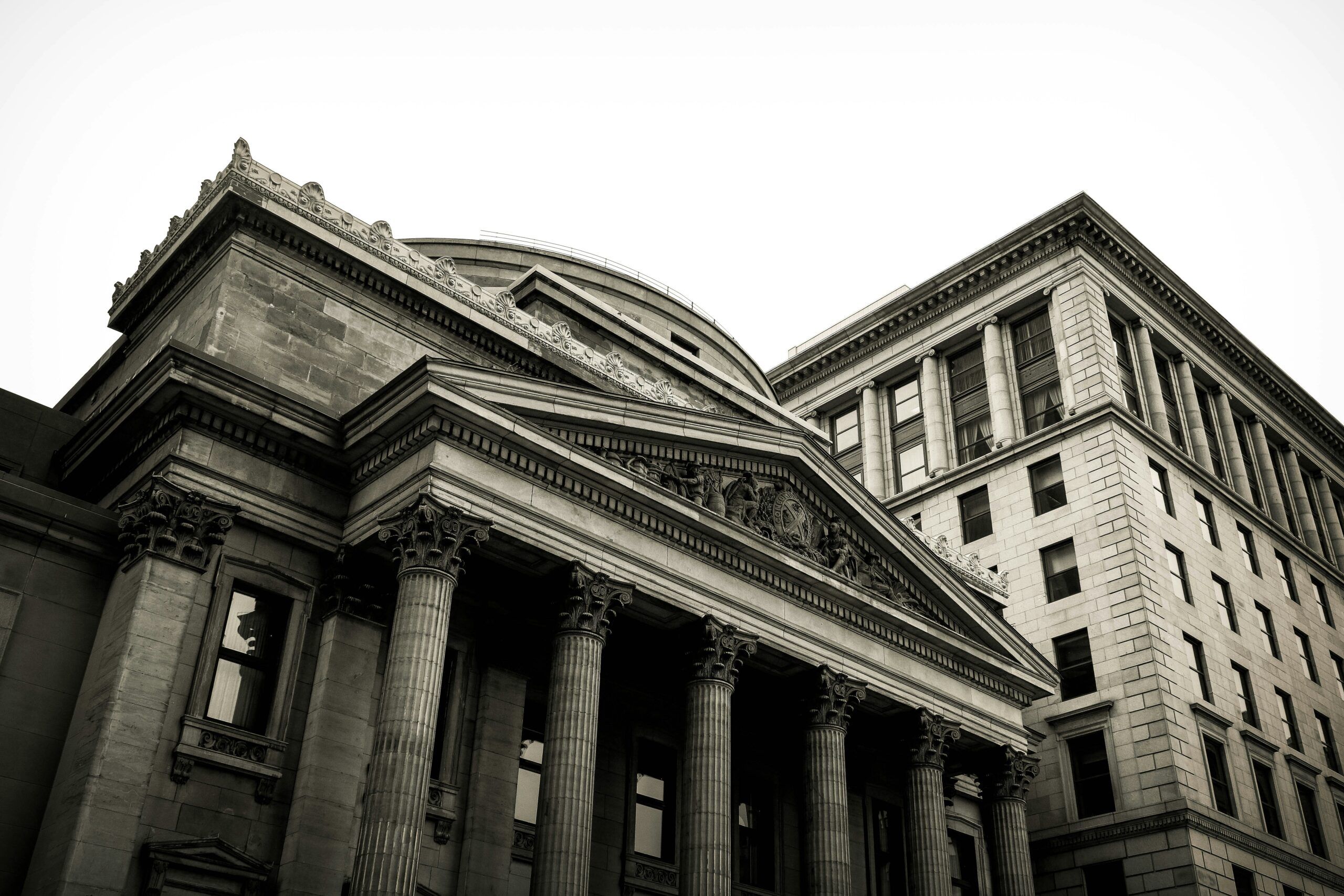Bank of England Holds Interest Rates Steady
On Thursday, 20th March 2025 the BOE (Bank of England) held interest rates steady at 4.50%. Officials from Threadneedle Street warned that the bank was grappling with major uncertainties over the British and world economies and warned financial markets not to assume there would be interest rate cuts over the next few meetings. The MPC (Monetary Policy Committee) voted 8–1 to leave interest rates unchanged apart from Swati Dhingra (external member) who voted for a 25 basis point cut.
The vote of 8–1 by the MPC indicates a more hawkish stance, with both experts and analysts expecting a 7–2 vote, though most agreed that holding interest rates this time round was a shoe-in. Indeed, in the run-up to Thursday’s rate decision, some of the most dovish members of the MPC had already adopted a more cautious tone regarding interest rates.
A number of experts agreed that Thursday’s decision to keep interest rates on hold was strengthened by the banks’ increased uncertainty over domestic issues, plus April’s increases in energy and labour costs. In the bond markets, 10-year gilts rose as traders pulled back on bets on future rate cuts whilst the pound remained weaker against the US Dollar at circa $1.297.
The Bank of England is the latest central bank to adopt a more hawkish and wary tone in the face of President Donald Trump’s tariffs attacks on the United States’ closest allies. Indeed, the Governor of the Bank of England said, “Officials are having to react to fast-moving global events, with effects on inflation and growth far from certain”. He went on to say, “We have to be quite careful how we calibrate our response because we are still seeing a very gradual fall in inflation”. He also added that BOE officials were still waiting to see what the effects are of any tit-for-tat skirmishes on the tariff front.
The aura of uncertainty pervading from Threadneedle Street suggests that interest rates will remain static for the next two meetings, especially as experts suggest pay growth will be a key ingredient to future rate decisions by the MPC. Data produced on Thursday morning showed wage growth holding at a nine month high accompanied by a resilient labour market. However, minutes released by the MPC showed members as being not too worried about the strong pay data, though the minutes added that members would keep a close eye on wage settlements. However, whatever financial, employment, wages and inflation data is forthcoming, the spectre of Donald Trump’s tariffs and economic policies will loom large over many central banks’ policy decisions.










